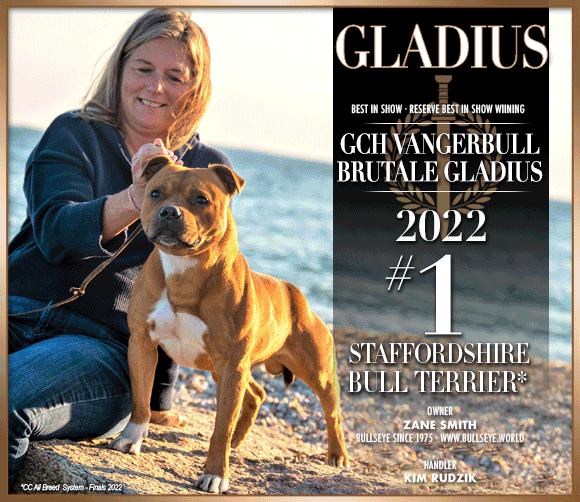From The CC Vault: Searching for the Superior Sire
By William Given
 Many breeders labor numerous hours in the serious quest to select the superior sire for their bitch. We attend numerous shows. When close, we visit other breeders and when far away, we use email. We analyze pedigrees and photographs, and we compare strengths and weaknesses. We gather information on as many dogs as possible in the pedigrees of potential sires and we observe and evaluate some of their get by other bitches. And, when we are all through and the puppies are squirming and squeaking in the whelping box, it is hoped that our labors have secured the litter of a lifetime.
Many breeders labor numerous hours in the serious quest to select the superior sire for their bitch. We attend numerous shows. When close, we visit other breeders and when far away, we use email. We analyze pedigrees and photographs, and we compare strengths and weaknesses. We gather information on as many dogs as possible in the pedigrees of potential sires and we observe and evaluate some of their get by other bitches. And, when we are all through and the puppies are squirming and squeaking in the whelping box, it is hoped that our labors have secured the litter of a lifetime.
Mother Nature, however, can be fickle and jealous. There is always the ever-present possibility that the litter could be a catastrophe. Why? How could this happen when everything was so carefully planned? Not very often, but on rare occasions, what promises to be a stellar success on paper turns out to be a dismal failure in the whelping box.
Almost without exception, we are fortunate to discover that we get out of a breeding exactly what we put into it… time-wise, energy-wise and quality-wise. If our bitch is of less-than-average quality, no amount of time, effort or money spent searching for the superior sire is going to justify the breeding. No stud dog, regardless of his conformation strengths and show record, can be expected to work miracles.
Assuming that your bitch is of sufficient quality that warrants breeding, we will of course want to use a stud dog that will allow us to build on her strengths while replacing her faults with his virtues, thus producing a litter of puppies of better quality than both sire and dam. If we are planning the breeding of a bitch whose pedigree we know little or nothing about, we are in the unenviable position of considering only her strengths and weaknesses, without the benefit that knowledge of her progenitors would provide. We must be committed to learning more about the dogs behind our potential sires.
We are, of course, in a much better situation when we know what is in the pedigrees of the two dogs that we are about to breed. A dog that is a bit fine of bone that comes from a line of dogs that has an established history of producing heavy-boned dogs should reasonably be expected to sire puppies with heavier bone than he possesses. A dog with an average coat that has a majority of dogs with superior coats in the pedigree will throw puppies with outstanding coats with a significant amount of regularity.
Click here to read the complete article
162 – July, 2016
Short URL: https://caninechronicle.com/?p=260528
Comments are closed












